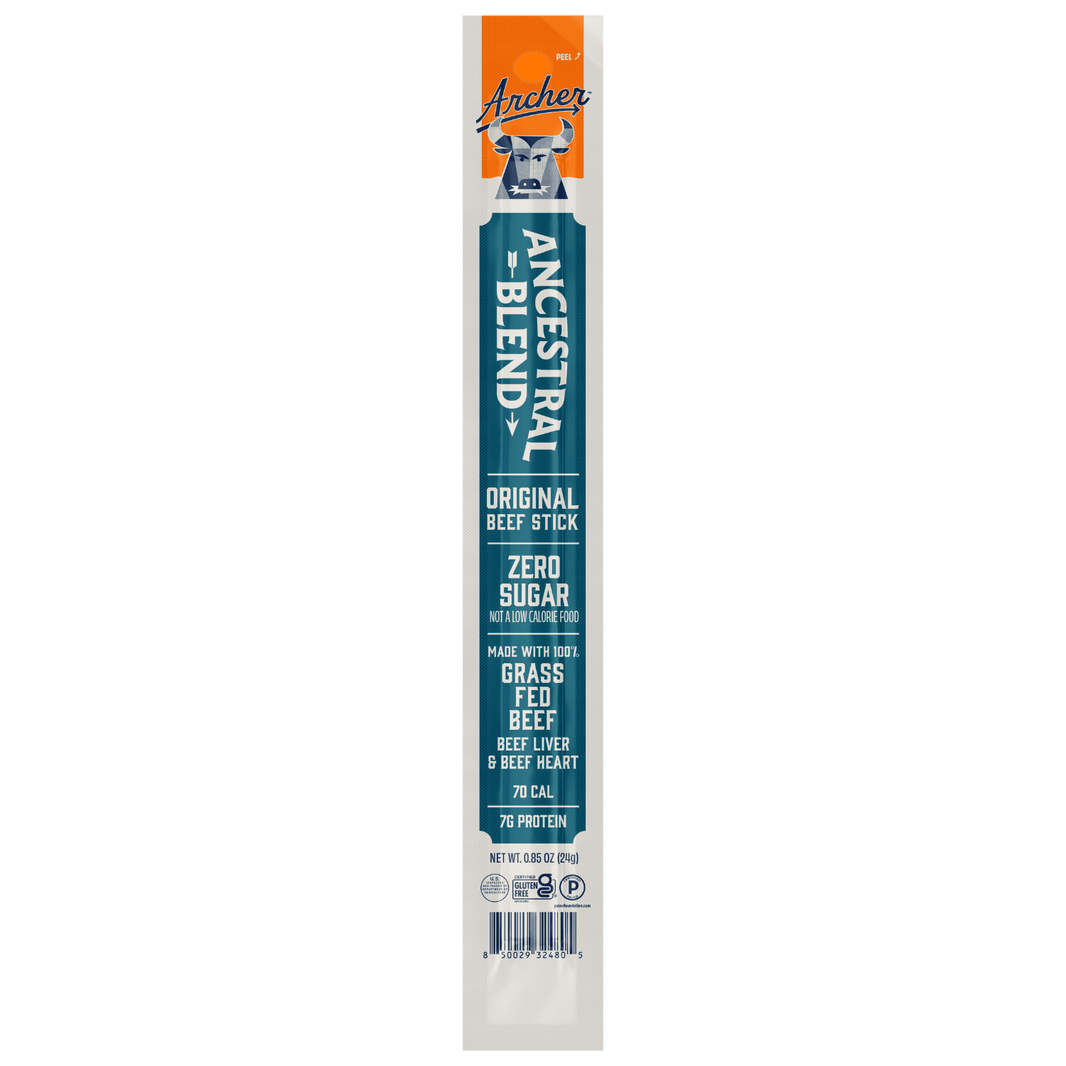

Top 13 Organ Meats & Their Health Benefits
Share
Organ meats, also known as offal, have been consumed by various cultures throughout history and are still considered a delicacy in many parts of the world. They are highly nutritious and offer an array of health benefits due to their dense concentration of vitamins, minerals, and other essential nutrients. Here is a brief overview of the health benefits and nutritional profiles of some common organ meats:

1. Heart:
Heart is a rich source of protein, B vitamins (especially B2, B6, and B12), iron, phosphorus, selenium, and coenzyme Q10 (CoQ10), which plays a crucial role in energy production and acts as an antioxidant. Consuming heart can help support cardiovascular health, energy production, and cognitive function.

2. Kidney:
Kidneys are high in protein, B vitamins (B2, B3, B5, B6, and B12), iron, zinc, selenium, and copper. They help support red blood cell production, immune function, and overall kidney health.

3. Liver:
Liver is one of the most nutrient-dense organ meats, providing high amounts of vitamin A, B vitamins (B2, B3, B5, B6, B9, and B12), iron, copper, selenium, and zinc. Liver consumption supports healthy vision, immune function, red blood cell production, and cognitive health.

4. Sweetbread (thymus and pancreas):
Sweetbreads are rich in protein, B vitamins, selenium, and phosphorus. They help support immune function and bone health.

5. Tongue:
Tongue is a good source of protein, B vitamins, iron, zinc, and phosphorus. It can help support muscle function, red blood cell production, and bone health.

6. Tripe (stomach lining):
Tripe is high in protein, B vitamins, and minerals like selenium and zinc. It supports digestive health, immune function, and overall wellness.

7. Blood:
Blood is often used as an ingredient in various dishes, such as blood sausages and puddings. It is a good source of protein, iron, and vitamin B12, which support red blood cell production and cognitive health.

8. Brain:
Brain is rich in omega-3 fatty acids, particularly DHA, which supports cognitive function, brain health, and vision. It also contains B vitamins, such as B12, and minerals like phosphorus and selenium. However, consuming raw brain is not recommended due to the risk of disease transmission.

9. Chitterlings (pig intestines):
Chitterlings are a source of protein, B vitamins, iron, and zinc. They help support immune function and overall health. Proper cleaning and cooking are essential to minimize the risk of bacterial contamination.

10. Lung:
Lung is a source of protein, B vitamins, and trace minerals like selenium and copper. Consuming lung can help support respiratory health and overall wellness.

11. Spleen:
Spleen is high in protein, vitamin C, iron, and vitamin B12. It can help support immune function and red blood cell production.

12. Testicle:
Testicles are a source of protein, B vitamins, and minerals like zinc and selenium. They can help support reproductive health and overall wellness.

13. Trotters (pig feet):
Trotters are rich in collagen, which supports skin, joint, and bone health. They also contain minerals like calcium and phosphorus.
Historically, consuming organ meats was a way for people to make the most of the available resources from the animals they raised or hunted. In many traditional cuisines, organ meats are still considered a vital part of a balanced diet, and various dishes have been developed around these ingredients.
In conclusion, organ meats are nutrient-dense and provide a wide array of essential vitamins, minerals, and other nutrients that support various aspects of health and well-being. They can be a valuable addition to a balanced diet, offering unique benefits not found in muscle meats alone.
Culturally, organ meats have been consumed and appreciated by different societies worldwide, often considered a delicacy or specialty in many traditional cuisines. Dishes like liver pâté, haggis, menudo, and blood sausage showcase the versatility and culinary creativity of using organ meats.
When incorporating organ meats into your diet, it is essential to source them from healthy, sustainably raised animals to minimize potential contamination or exposure to harmful substances. Additionally, proper preparation and cooking methods are crucial to ensure food safety and optimize nutrient availability.
By incorporating organ meats into your diet in moderation, you can take advantage of their unique nutritional profile and enjoy a greater variety of flavors and textures in your meals, all while honoring the historical and cultural significance of these often-overlooked ingredients.
Not in the mood for organs?Try CountryArcher grass-fed and finished beef jerky, beef sticks and meat sticks.




